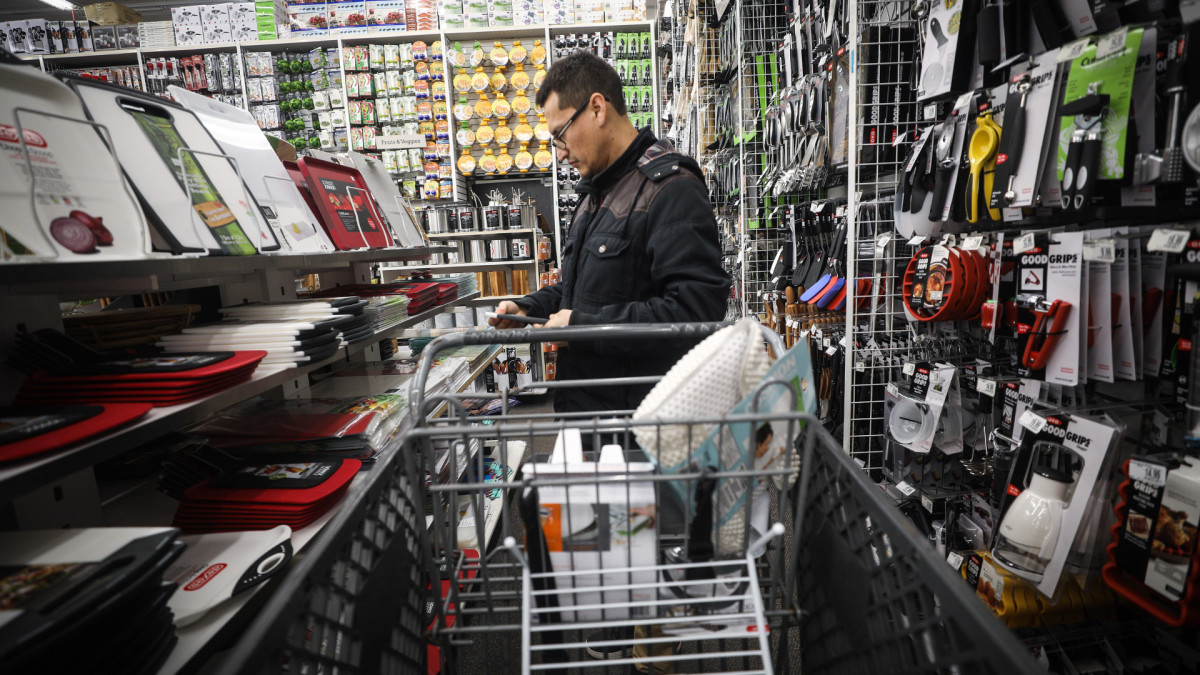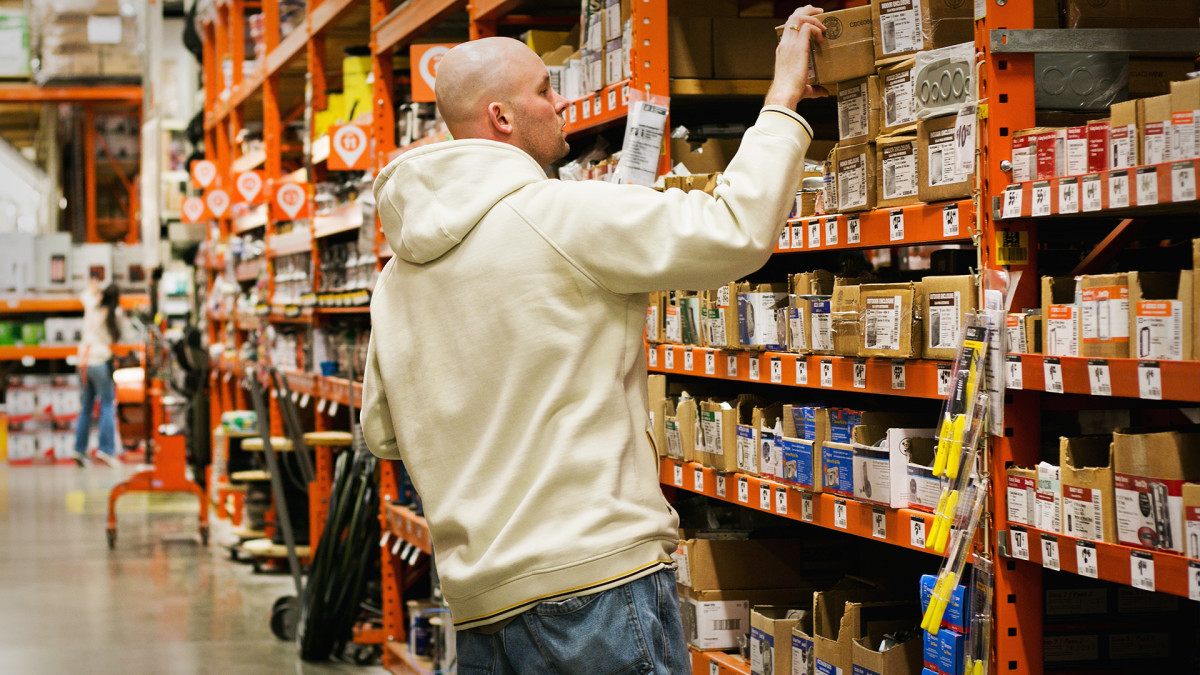
The headlines have been prominent and seemingly non-stop.
"Major retailer closes stores due to organized retail crime" has become a story that is all too familiar to many Americans. One doesn't need to read the papers to see the effects of the issue, however, just go to your local Target (TGT) -) or CVS (CVS) -) and see items that used to be easily available for purchase locked behind glass anti-theft partitions.
Related: Smash and grab theft is only the tip of the iceberg for retailers
Videos of mobs of people in major U.S. smashing and grabbing luxury handbags and purses are readily available on the internet.
But the question for some of the more astute watchers of the issue has been: what happens after the large-scale theft is complete?
After all, stealing 30 bars of soap and deodorant from CVS is pretty useless unless you can move the product afterwards.
A collaboration between home improvement retailer Home Depot (HD) -) and police in Florida can shed light on some of the finer nuances of the organized retail theft problem.
Pastor allegedly ran theft ring
Robert Dell, a pastor who ran a drug recovery program, was arrested in Tampa, Fla. in August after a seven-month investigation showed that he was allegedly behind an organized retail-crime ring that sold $3 million worth of merchandise through an eBay account since 2016, according to the Wall Street Journal.
More Companies in Trouble:
- Bud Light is set to lose a big chunk of its business permanently
- Battle for Pride: What to know about the Target backlash
- While the right celebrates over Bud Light, Target, they’re cheering the wrong victory
The 57-year-old Dell has pleaded not guilty to the charges, but law enforcement officials say that he has been working as a fence, or middleman, who buys stolen goods and resells them for a profit. The Journal reported that Dell told the vulnerable people in his recovery program to steal tools like drills and pin nailers from Home Depots all over Florida so he could resell them online.
Dell reportedly paid the thieves between $5,000 and $10,000 a day in the past, but recently those payments had dwindled to between $600 and $2,000 a day, according to the thieves who were arrested as part of the plot.
“The fence is crucial,” said Scott Glenn, vice president of asset protection for Home Depot, told the Journal. “A successful organized retail-crime organization has to have somebody pulling the strings.”
When taken as a percentage of total retail sales, shrinkage represented $112 billion in losses for retailers in 2022 compared to $94 billion in losses the previous year, with internal and external theft accounting for about two-thirds of losses.

Image source: Shutterstock
Rising level of violence with theft
But the biggest issue retailers are facing is the rising level of violence associated with the shrinkage they are seeing.
"Retailers are seeing unprecedented levels of theft coupled with rampant crime in their stores, and the situation is only becoming more dire," David Johnson, National Retail Federation VP of asset protection and retail operations, said. "Far beyond the financial impact of these crimes, the violence and concerns over safety continue to be the priority for all retailers, regardless of size or category."
Get investment guidance from trusted portfolio managers without the management fees. Sign up for Action Alerts PLUS now.







